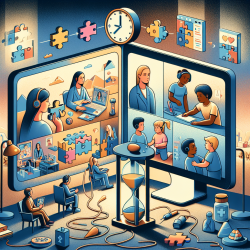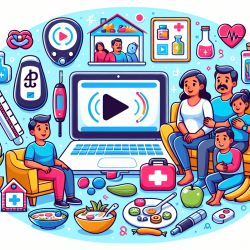The Shocking Truth About Telehealth and Autism Diagnosis You Need to Know!
The COVID-19 pandemic has accelerated the adoption of telehealth services across various medical fields, including the diagnosis of Autism Spectrum Disorder (ASD). With the rising prevalence of ASD, estimated at 1 in 54 children by the CDC, and a shortage of diagnostic providers, especially in rural areas, telehealth presents a promising alternative. But how reliable is it?
Unveiling the Evidence
A comprehensive review of telehealth methods for diagnosing ASD sheds light on its accuracy, validity, and feasibility. The review, encompassing 10 studies, reveals that telehealth diagnoses were 80-91% accurate compared to traditional in-person methods. Sensitivity values ranged from 75% to 100%, and specificity values varied from 68.75% to 100%. These figures indicate that telehealth is a viable option for ASD diagnosis, though not without challenges.
Key Findings
- Reliability: Telehealth methods showed a high degree of accuracy, with agreement between telehealth and in-person diagnoses reaching up to 91%.
- Validity: Sensitivity and specificity values were promising, indicating that telehealth can effectively identify ASD.
- Social Validity: Caregivers, adult participants, and clinicians reported satisfaction with telehealth methods, though some challenges were noted.
- Feasibility: Telehealth methods are largely viable, though issues such as technology quality and caregiver guidance need addressing.
Benefits and Challenges
Telehealth offers several advantages, including flexibility for clinicians, the ability to observe children in their natural environments, and cost savings. Parents appreciated the parent-led nature of telehealth assessments, while adults with ASD were open to future telehealth evaluations.
However, telehealth is not without its limitations. Technical issues, such as poor video quality and audio lags, were common. Additionally, telehealth may not be suitable for all children, particularly those with subtle ASD signs or severe impairments.
The Path Forward
While telehealth is not a panacea, it is a critical tool in expanding access to ASD diagnostic services. Future research should focus on diverse populations to ensure telehealth's applicability across different demographic groups. Moreover, developing standardized telehealth protocols could enhance diagnostic consistency and accuracy.
For more information, please follow this link.










